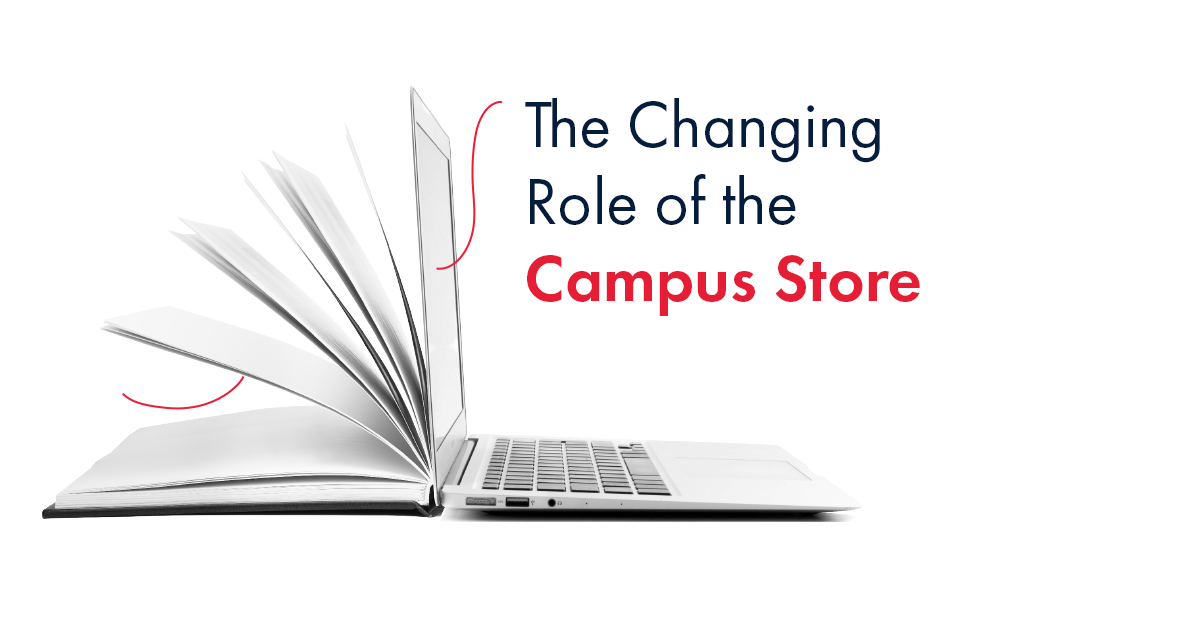The title asks a question that many in higher education have been pondering since 2008. It was the year that President George W. Bush signed the reauthorization of the Higher Education Opportunity Act (HEOA), a broadly-sweeping piece of legislation that touched everything from FAFSA to on-campus voter registration programs. Amongst its many parts, it directly addressed course materials, urging higher education to focus on the now-common topics of student affordability and access. Full of student wins, it was the first time federal legislation encouraged the availability of different course material format options, including digital delivery, to help combat rising education costs. Institutions were left to navigate new expectations on transparency, a new list of reporting requirements, and a new list of encouraged behaviors, in hopes of remaining in good-standing with what was likely a substantial source of their overall funding.
And as it turns out, that early exploration of alternative formats would pay huge dividends decades later. While the COVID-19 pandemic brought new and unexpected barriers to educational continuity, U.S. schools showed tremendous resilience, turning quickly to digital delivery and new classroom technologies as the answer. And that resilience, one can argue, was due in part to preparation, as we watched the technology that schools had "explored" with HEOA more than 20 years ago, quickly become fundamental components to securing educational continuity during the pandemic.
So is it the beginning of the end for bound books? While it might be too early to answer that question, it is clear that many of those newly-introduced digital components are showing signs of permanence, leaving lasting marks on the overall educational and classroom experiences for years to come.
In a recent Q&A with RedShelf's Lisa Keefe, we took a closer look at those lasting marks; how the shifts in classroom and educational experiences have impacted students, faculty, and our daily conversations with campus administration. The featured chat not only underscored the staying power of these newly adopted digital tools, but also revealed a new and accelerating role for campus stores as schools exit the pandemic era.
To dive deeper into the impact on our campus store partners, we posed a few of those same questions to T.J Cochran, Bookstore Director at Brown University. Here's what he had to share:
How has the digital transformation changed your role/role of the campus store?
TJ: The digital transformation is getting us more connected to campus. It's getting our store and staff more engaged with the office of instruction as well as individual campus faculty. It's due, in part, to the continued growth of Inclusive Access, but also because of the advanced communications needed to prepare students and faculty for access and use of the digital materials.
What is/are the biggest change(s) in what faculty/campus need from the campus store?
TJ: Faculty have always relied on our expertise and our strong relationships with the publishers. But after the impact of COVID-19 and with the corresponding growth of Inclusive Access, we've seen a much stronger connection with faculty and administration. They're more engaged than ever before, and partner with us frequently to establish direct integrations, the proper training and setup of the course module and, ultimately, the distribution of those materials through Brown's IA program.
How has the shift in classroom experience/digital transformation changed how your store staff prepares for a term?
TJ: In addition to having more conversations with more faculty because of our IA program growth, we've had to shift our processes a bit. At Brown, we start IA course material conversations much earlier than in the past or with traditional print adoptions. The early start minimizes surprises and, more importantly, ensures students have the course and price information they need before they make a final registration decision.
